
The arrival of the newest King Of Fighters game, KOF XII, is upon us. Before that, I'd like to look back and reflect on the series' history and what made it so damn appealing to the public eye.
I grew up worshiping Street Fighter II. Back in the days of the SNES and Genesis, it was THE fighting game to have. Sure, American kids can lay claim to the violence and grotesque gorefest that was Mortal Kombat, but it hardly compares to the excitement and pure adrenaline one feels while playing CAPCOM'S signature brawler. This definitely ignited the fighter in me, and as I explored more titles along the years, my cravings eventually exposed me to other games that I can call epic franchises. One of these happens to come from SNK, another videogame developing company and a big competitor of CAPCOM back in the 2D days. They are better known as the brains behind arcade classics such as Fatal Fury and Samurai Showdown, but arguably their most well known franchise would have to be The King Of Fighters series, also abbreviated as "K.O.F".
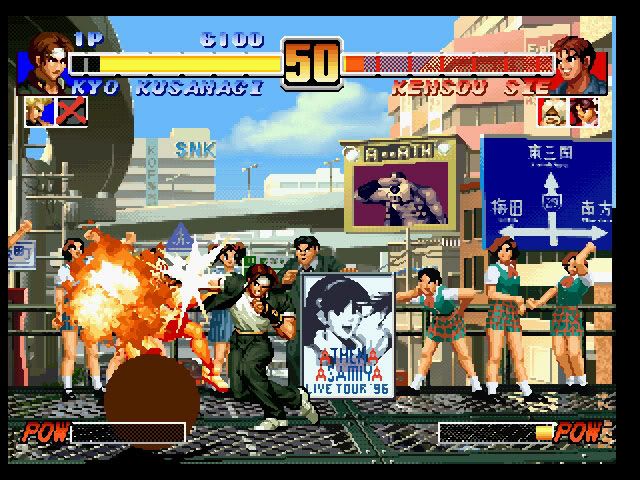
The KOF series is technically a spin-off of the Fatal Fury and Art Of Fighting games, yet it includes characters from other well known SNK games, such as Ikari Warriors and Psycho Soldier. Much like Street Fighter, it was a one-on-one close combat game wherein special moves and supers are performed through a series of commands in order to play the game effectively.
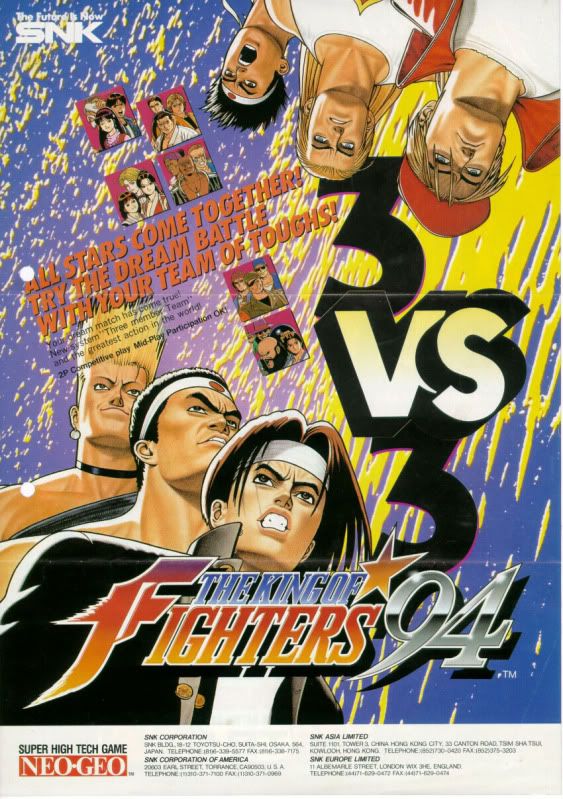
Starting with The King Of Fighters '94 - the game served as an "All Star" assemble fighting game, wherein players would be given the option of selecting teams based from different countries around the world to compete in a series of matches. While established fan favorites like Terry Bogard and Ryo Sakazaki were involved, the lead was an original fighter made for the game - Kyo Kusanagi. He was a young fire-wielding martial artist who sought to defeat the tournament's sponsor - a man named Rugal Bernstein, whose plans involved world domination and the lot. While it wasn't as widely known as SFII, KOF became an eventual hit, and its success spawned more sequels, each bearing a significant makeover over the last.
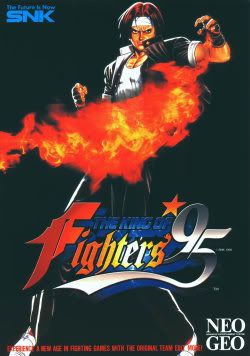
The next game, The King Of Fighters '95, took things to the next level by allowing players to edit their three man teams with anybody in the selectable roster. This also happened to be the first game of the series that I played, and since then, I got hooked with every installment. This game also introduced new characters, featuring the first appearance of Kyo's eternal rival, Iori Yagami. Their destinies would be intertwined from this point forward, and what began as a simple tournament now turned into a fight against the forces of darkness. Dubbed "The Orochi Saga", Rugal's return and eventual defeat in '95 only marked the beginning of a long storyline that persisted for the next few installments. Eventually, The King Of Fighters '96 was released, and even more combatants entered the tournament, seeking fortune, glory, or a measure of revenge against some rival who they hated the most. Sponsoring the competition was a nobleman named Goenitz, who sought to revive the legendary demon, Orochi. His plans were thwarted by Kyo, Iori, and the mysterious priestess Chizuru Kagura, but his will was executed by others in the next game.
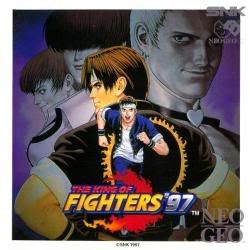
The King Of Fighters '97, probably my favorite entry in the series, changed everything and turned KOF into a combo rallying sensation. More gameplay changes were made, and more moves and specials were included to give the game more dynamic appeal. It also concluded the Orochi Saga, where Kyo and his allies finally confronted the demon itself and sealed it away. However, the story was left open ended for a sequel, and things wouldn't fully be resolved until KOF '99 breezed through arcades two years later.
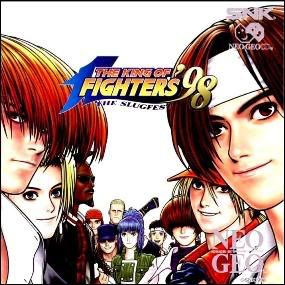
What about The King Of Fighters '98, you say? Well, that game was more of a filler, and it served as a Dream Match to have everybody playing it more involved with the fighting and less of the story. It was still a major success, and some people also consider this the best among the bunch. All of these games were eventually compiled and released in a titanic package: The King Of Fighters - The Orochi Saga. It's readily available for the PS2 and PSP, so gamers itching for fighting game goodness can grab it right away.
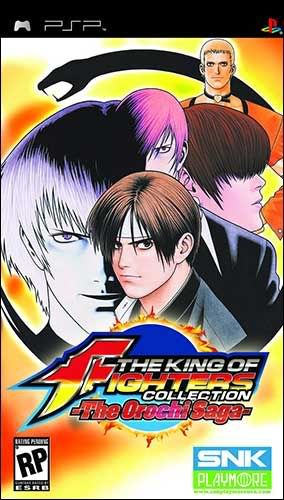
1994-1998 was just the start of things. On the next installment of Spotlight, I'll be tackling what many hoped to be "the next generation of KOF" and see how that panned out...

No comments:
Post a Comment